Art Posters Biography
(Source google.com)
A poster is any piece of printed paper designed to be attached to a wall or vertical surface. Typically posters include both textual and graphic elements, although a poster may be either wholly graphical or wholly text. Posters are designed to be both eye-catching and informative. Posters may be used for many purposes. They are a frequent tool of advertisers (particularly of events, musicians and films), propagandists, protestors and other groups trying to communicate a message. Posters are also used for reproductions of artwork, particularly famous works, and are generally low-cost compared to original artwork. According to the French historian Max Gallo, "for over two hundred years, posters have been displayed in public places all over the world. Visually striking, they have been designed to attract the attention of passers-by, making us aware of a political viewpoint, enticing us to attend specific events, or encouraging us to purchase a particular product or service." The modern poster, as we know it, however, dates back to 1870 when the printing industry perfected colour lithography and made mass production possible. "In little more than a hundred years", writes poster expert John Barnicoat, "it has come to be recognized as a vital art form, attracting artists at every level, from painters like Toulouse-Lautrec and Mucha to theatrical and commercial designers." They have ranged in styles from Art Nouveau, Symbolism, Cubism, and Art Deco to the more formal Bauhaus and the often incoherent hippie posters of the 1960s.
Posters, in the form of placards
and posted bills, have been used since earliest times, primarily for
advertising and announcements. Purely textual posters have a long history: they
advertised the plays of Shakespeare and made citizens aware of government
proclamations for centuries. However, the great revolution in posters was the
development of printing techniques that allowed for cheap mass production and
printing, including notably the technique lithography which was invented in
1796 by the German Alois Senefelder. The invention of lithography was soon
followed by chromolithography, which allowed for mass editions of posters illustrated
in vibrant colours to be printed.
By the 1890s, the technique had
spread throughout Europe . A number of noted
French artists created poster art in this period, foremost amongst them Henri
de Toulouse-Lautrec,Jules Chéret, Eugène Grasset, Adolphe Willette, Pierre
Bonnard, Louis Anguetin, Georges de Feure and Henri-Gabriel Ibels. Chéret is
considered to be the "father" of advertisement placards. He was a
pencil artist and a scene decorator, who founded a small lithography office in Paris in 1866. He used
striking characters, contrast and bright colours, and created over 1000
advertisements, primarily for exhibitions, theatres, and products. The industry
soon attracted the service of many aspiring painters who needed a source of
revenue to support themselves. Chéret developed a new lithographic technique
that suited better the needs of advertisers: he added a lot more colour which,
in conjunction with innovative typography, rendered the poster much more
expressive. Not surprisingly, Chéret is said to have introduced sex in
advertising or, at least, to have exploited the feminine image as an
advertising ploy. In contrast with those previously painted by
Toulouse-Lautrec, Chéret's laughing and provocative feminine figures meant a
new conception of art as being of service to advertising. Posters soon
transformed the thoroughfares of Paris
into the "art galleries of the street." Their commercial success was
such that some of the artists were in great demand and theatre stars personally
selected their own favorite artist to do the poster for an upcoming
performance. The popularity of poster art was such that in 1884 a major
exhibition was held in Paris .


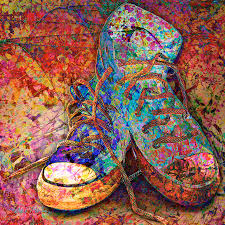


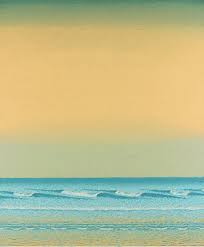

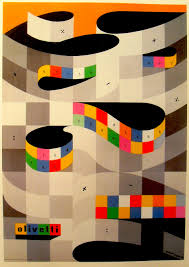

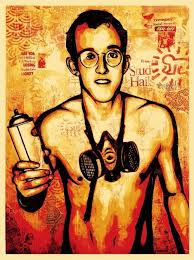
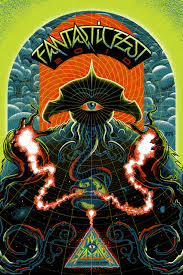


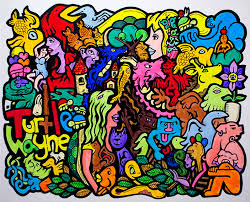
Art Posters Pintings of Nature Abstract on Canvas for Kids Scenes Love Beauty and Environment Wallpapers Easy Scenery












